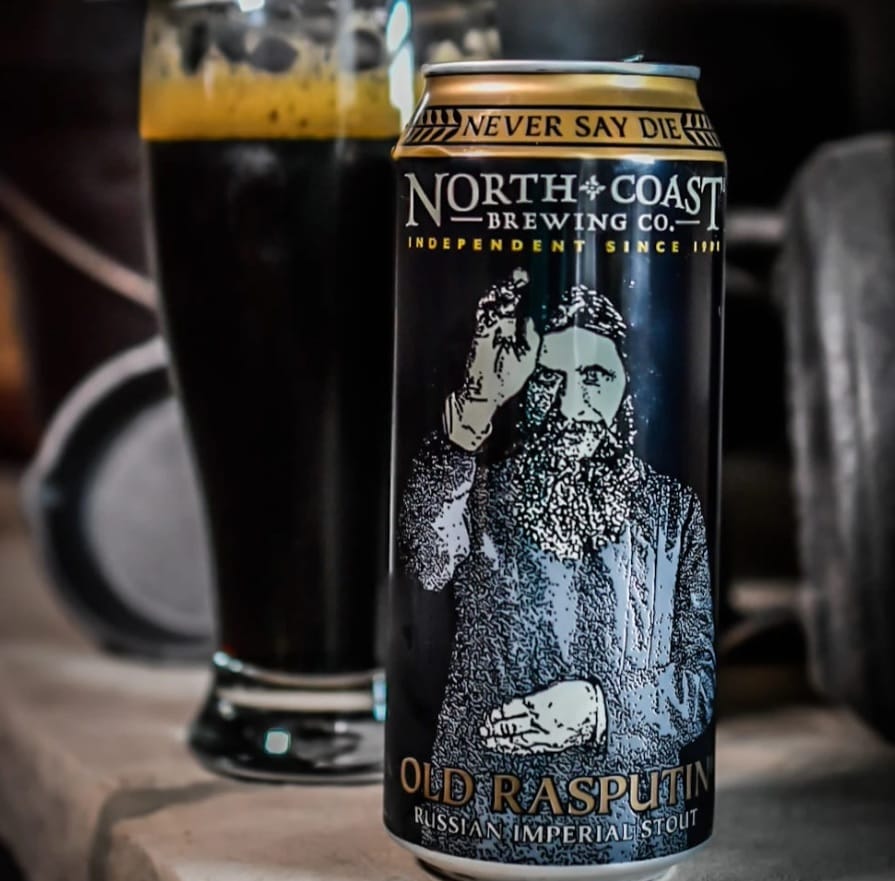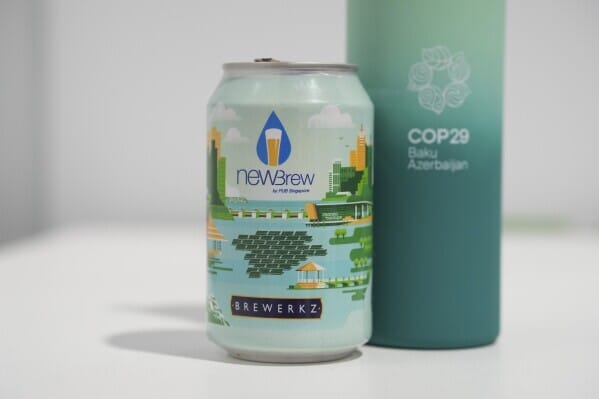- Undertherosebrewing Newsletter
- Posts
- Sewage beer from Singapore and the perfect beer glass from a professor - this weekend in Beer!
Sewage beer from Singapore and the perfect beer glass from a professor - this weekend in Beer!
Enjoy this weekend with our Beer news and awesome information!

Beer Quirky Fact:
Oldest Complaint Letter: The world's first recorded customer complaint was from a Sumerian around 1750 BCE (that’s almost 4,000 years ago!). He was upset about getting bad beer. Even ancient Karens loved their suds.
In today’s email:
Beer Quirky Fact - The oldest complaint letter was about beer!
Beer Meme - Today’s beer meme!
Beer News - The perfect beer glass?!
Our Beer Snippet - Learn more about beer!
Beer of the Day - Russian Imperial Stouts!
Don’t forget to visit our website to read more about beer and everything else:
In the news:
Sewage beer in Singapore? - Yeah, it exists - but it’s a joke! How? Why? At the United Nations Climate Change Conference (Nov. 11–22), Singapore highlighted its commitment to water conservation by showcasing a uniquely Singaporean beer brewed from treated wastewater, humorously dubbed “sewage beer.” This inventive brew is part of a national campaign to raise awareness about water conservation in the island nation, home to 6 million people and lacking natural water sources.
The Texas Beer-glar - El Paso police are on the hunt for a sharp-dressed suspect they’ve dubbed the “beer-glar,” believed to be behind a string of convenience store beer thefts on the east and far east sides of town.
According to Crime Stoppers of El Paso, the alleged beer bandit has targeted three convenience stores along North Zaragoza Road over the past five months. Authorities are now working to identify and apprehend the well-dressed thief who really wants a be
Crime in the drinks industry - all you need to know in an amazing interview with Mike Gerard, the author of Behind Bars: True Crime Stories of Whiskey Heists, Beer Bandits, and Fake Million-Dollar Wines, where you can read about what happens when alcohol meets crime. The stories of the Prohibition still attract us, but there are more interesting stories in the drinks history.
In Taiwan, a staggering $65 million wine fraud ring was uncovered last year. Those involved allegedly swindled investors out of billions over a seven-year span (2015–2022). Meanwhile, the infamous Rudy Kurniawan, a convicted wine fraudster, made headlines for selling counterfeit wines valued at roughly $30 million between 2004 and 2012, solidifying his place in the annals of wine-related crimes.
A university professor calculates the perfect glass to preserve beer chill - Claudio Pellegrini, a professor of thermal and fluid sciences at the Federal University of São João del-Rei in Brazil, has determined the ideal shape for a beer glass to keep beer colder for longer. His research, which analyzes various beer glass designs, is detailed in a paper available on the arXiv preprint server.

Our Beer Snippet - Learn More About Beer!
Beer’s bitterness primarily comes from hops, the flower of the Humulus lupulus plant. Hops contain compounds called alpha acids, which are transformed during the brewing process. When the hops are boiled with the wort (the liquid extracted from malted grains), these alpha acids undergo a chemical reaction called isomerization, producing iso-alpha acids, which impart the bitter flavor to the beer.

The level of bitterness in beer is measured in International Bitterness Units (IBUs), with higher IBU values indicating more pronounced bitterness. However, the perceived bitterness can vary depending on the beer’s malt profile. Malt provides sweetness that can balance the bitterness from hops, which is why darker, malt-heavy beers like stouts or porters may taste less bitter even if they have a higher IBU count.
Brewers carefully select hop varieties and adjust the timing of hop additions during brewing to achieve the desired bitterness level. Some hop-forward beer styles, like India Pale Ales (IPAs), emphasize bold bitterness, while others, like lagers or wheat beers, offer a milder, smoother profile. This balance is a key aspect of beer’s versatility and global appeal.
Beer of The Day! - Russian Imperial Stouts
Russian Imperial Stouts are a bold and robust beer style known for their high alcohol content, rich flavors, and complex aromas. Originating in the 18th century, this beer was initially brewed in England and exported to Russia, where it gained favor in the imperial court of Catherine the Great. The "imperial" label signifies its royal association and higher potency, making it distinct from standard stouts.

Typically dark as night, Russian Imperial Stouts boast an intense flavor profile, with notes of roasted malts, dark chocolate, coffee, and dried fruits like figs or raisins. Some versions even carry hints of molasses, licorice, or dark cherries, adding to their layered complexity. The high alcohol by volume (ABV), often ranging from 8% to 12% or more, contributes a warming quality that pairs well with the beer’s velvety texture.
Brewers often age Russian Imperial Stouts in barrels, such as bourbon or oak, infusing them with additional flavors of vanilla, caramel, or smoky wood. This aging process can mellow the beer’s sharp edges while deepening its complexity, making it a favorite among craft beer enthusiasts and collectors.
Best enjoyed slowly, Russian Imperial Stouts are perfect for sipping on a cold evening, providing a luxurious and indulgent drinking experience.
Lager vs IPA?Let's settle this! |


